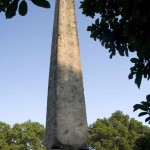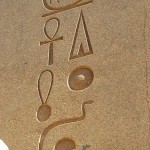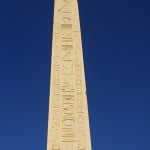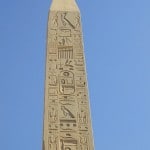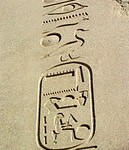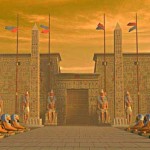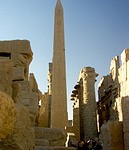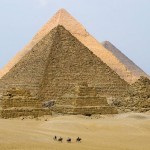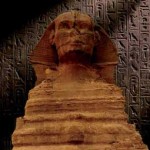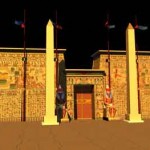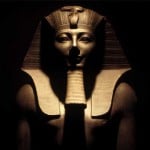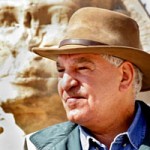The value of the obelisk is driven from the thousands of years it has managed to endure with the inscriptions in hieroglyphs– ancient Egyptian writing- intact on the surface of the stone.
By Dr. Ashraf Ezzat / Staff Writer
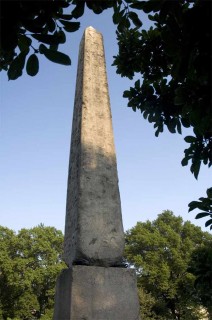
Central park, opened in 1857, designated a National Historic Landmark in 1963, and which receives approximately twenty-five million visitors annually is the most visited urban park in the United States.
The Frederick Olmsted-designed Park has been around for over 100 years now. And as you stroll around the Gotham’s huge park, you can’t help but think what a beautiful and historical place this central park is until you’ve stopped at a sight of some monument that looked not only foreign to everything you have seen in this park but also extremely ancient. This unique monument is the ancient Egyptian obelisk – one of the first man-made objects in history- known in America and the park as “Cleopatra’s needle”. ..But what is a Pharaonic obelisk doing in the center of Manhattan?
Cleopatra’s Needle is the popular name for each of three Ancient Egyptian obelisks re-erected in London, Paris, and New York City during the nineteenth century. The London and New York ones are a pair, while the Paris one comes from a different original site- Luxor temple – where its twin remains. Although the needles are genuine Ancient Egyptian obelisks, they are somewhat misnamed as they have no particular connection with Queen Cleopatra VII of Egypt, and were already over a thousand years old in her lifetime.
History of Cleopatra’s needle
In 1869, to commemorate the opening of the Suez Canal, the Khedive of Egypt, Ismail Pasha, gave the United States the obelisk that is erected now in Central Park. The obelisk was a gift from Egypt as a sign of cooperation and friendship. It was built around 1500 B.C. to honor king Thutmose III.
The ancient Egyptian civilization (3100 B.C. – 332 B.C.) is one of the oldest and most enduring – uninterrupted for consecutive 3000 years – civilizations man has come to know. It is a unique civilization which has left the world a rich heritage of religious and cultural texts, engineering wonders and monumental sculpture.
The ancient Egyptians believed in one omnipotent God who created this whole world we live in. they referred to him as Ra or Amen-Ra. And for Egyptians, there was nothing mightier than the sun to compare to their God. So, Ra and later Amen-Ra became the solar God that was not only dominant but eternal as well.
Eternity for the ancient Egyptians was an obsession. They couldn’t see death as the final destination for the human life on earth. They believed that life was to be continued after death. They believed in resurrection and eternity and nothing could have eloquently and equally embodied such a belief in rebirth than the sun and its endless journey of rising up and going down.
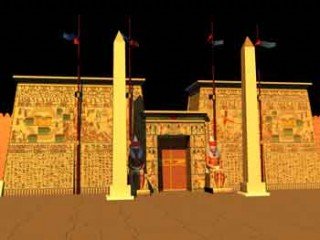
Their beliefs defied time and dared to challenge death and decay. That’s why most of their artistic heritage was of stone and of monumental sizes and shapes. Ancient Egyptian kings are famous all around the world for their colossal pyramids and temples. But not so many people knew that in front of every king’s temple usually stood a pair of gigantic and tapering obelisks.
This tall, narrow, four-sided, tapering monument which ends in a pyramid-like shape at the top, said to resemble a ‘petrified ray’ of the sun disk is one of the characteristic architectures of ancient Egypt. Apart from symbolizing the sun god, obelisks were made to honor and memorialize the name of the king. Names in ancient Egypt had mystic power. It was thought that if you inscribed your enemies’ name on something, then broke it, that enemy would either be afflicted, or possibly die. Losing one’s name was synonymous to losing one’s identity and power, something that could lead to his soul going astray.
Inscribed on the royal obelisks were the throne names of Egyptian kings along with some of their divine titles and worldly acts. The central park obelisk was originally built and erected in egypt to commemorate the reign of king Thutmosis III (1479 – 1425 BC) or the better known among historians as The Napoleon of Ancient Egypt. Thutmosis III was the founder of one of the first empires in history but unlike Napoleon he never lost a battle.
The value of the obelisk is driven from the thousands of years it has managed to endure with the inscriptions in hieroglyphs- ancient Egyptian writing- intact on the surface of the stone. The obelisk was in good shape and the inscriptions were quite legible at the time it was erected in central park as old photographs showed. Now the surface of the stone is heavily weathered, nearly masking the rows of Egyptian hieroglyphs engraved on all sides.
The stone had stood in the sunny and dry Egyptian desert air for nearly 3000 years and had undergone little damage. In a little more than a century in the climate of New York City, pollution and acid rain have heavily pitted its surfaces.
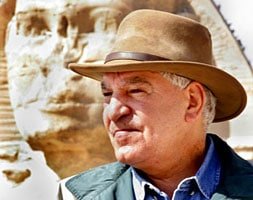
Recently, Zahi Hawass, the secretary general of Egypt’s Supreme Council of Antiquities and archaeologist, wrote to the Central Park Conservancy and New York City Mayor Michael Bloomberg to inform them that if steps are not taken to protect the obelisk, it would be removed. [Image of obelisk]
The Egyptian letter
In his official letter he wrote “I am glad that this monument has become such an integral part of New York City, but I am dismayed at the lack of care and attention that it has been given. Recent photographs that I have received show the severe damage that has been done to the obelisk, particularly to the hieroglyphic text, which in places has been completely worn away. I have a duty to protect all Egyptian monuments whether they are inside or outside of Egypt. If the Central Park Conservancy and the City of New York cannot properly care for this obelisk, I will take the necessary steps to bring this precious artifact home and save it from ruin.”
In reply to the Egyptian letter, Jonathan Kuhn, director of Art and Antiquities for the NYC Department of Parks & Recreation said “We have been working in recent years with the Metropolitan Museum and the Central Park Conservancy to further analyze the condition of the obelisk and monitor its condition. There is no evidence at this point of any significant ongoing erosion”
But recent photos of the obelisk showed different, they showed how the New York weather elements have extensively eroded the inscription on the surface of the ancient artifact.
According to the modern trends of Antiques conservation, Slowing or stopping deterioration and eliminating or mitigating the root cause is the first task of the conservator. But that will be a hard task in case of the Thutmosis obelisk if the artifact is to remain in the New York park veiled by more trees and eaten away by more rain.
It seems as if king thutmosis obelisk long for the sun of Upper Egypt, where it once stood 3500 years ago and where the sun is mighty as God. Anyway and according to ancient Egyptian beliefs, the name of the king – Thutmosis- has been called once again after all those years, his soul has not gone astray and he has been brought back to life for he is- as inscribed on the surface of the obelisk- the son of the sun.
King of upper and lower Egypt
Men – Kheper – ra (thutmosis III)
Son of the sun
Who gives all life forever.
For more articles by Dr. Ashraf Ezzat visit his website at: http://ashraf62.wordpress.com/
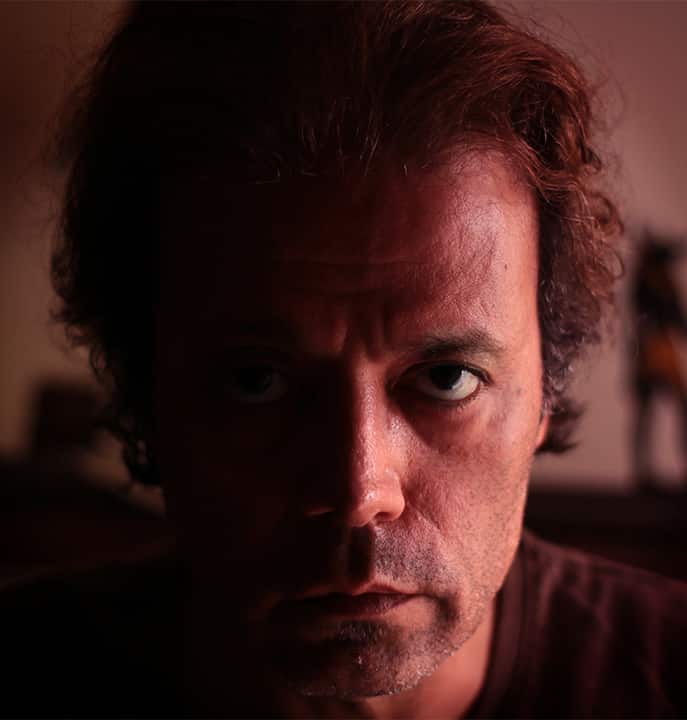
Ashraf Ezzat is an Egyptian born in Cairo and based in Alexandria. He graduated from the faculty of Medicine at Alexandria University.
Keen not to be entirely consumed by the medical profession, Dr. Ezzat invests a lot of his time in research and writing. History of the ancient Near East and of Ancient Egypt has long been an area of special interest to him.
In his writings, he approaches ancient history not as some tales from the remote times but as a causative factor in our existing life; and to him, it’s as relevant and vibrant as the current moment.
In his research and writings, Dr. Ezzat is always on a quest trying to find out why the ancient wisdom had been obstructed and ancient spirituality diminished whereas the Judeo-Christian teachings and faith took hold and prospered.
Dr. Ezzat has written extensively in Arabic tackling many issues and topics in the field of Egyptology and comparative religion. He is the author of Egypt knew no Pharaohs nor Israelites.
He writes regularly at many well-known online websites such as Dissident Voice and What Really Happened.
Dr. Ezzat is also an independent filmmaker. His debut film was back in 2011 The Annals of Egypt Revolution and in 2012 he made Tale of Osiris a short animation for children.
In 2013 his short The Pyramids: story of creation was screened at many international film festivals in Europe. And he is working now on his first documentary “Egypt knew no Pharaohs nor Israelites”.
ATTENTION READERS
We See The World From All Sides and Want YOU To Be Fully InformedIn fact, intentional disinformation is a disgraceful scourge in media today. So to assuage any possible errant incorrect information posted herein, we strongly encourage you to seek corroboration from other non-VT sources before forming an educated opinion.
About VT - Policies & Disclosures - Comment Policy

